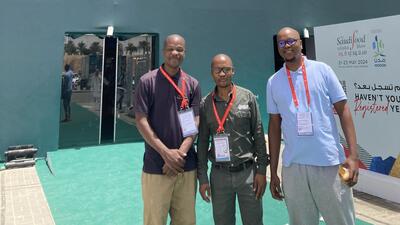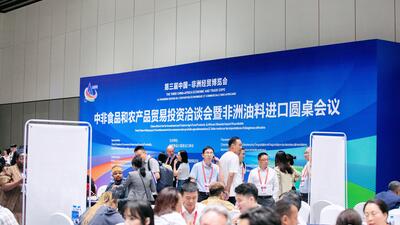UNCTAD: Investment trends
Shortage of capital is a major obstacle for tourism development, and many countries – especially in the developing world – increasingly look to foreign investors to provide capital that will help develop their tourism industries.
Attracting foreign direct investment (FDI) in the tourism sector is often difficult, and there is growing demand for support in this area among investment promotion agencies (IPAs).
Trends in tourism FDI
While data indicate that there has not been much FDI in tourism so far, they also show that tourism FDI is growing in many countries. However, tourism-related FDI is largely concentrated in a few activities, such as accommodation, restaurants and car rentals. There is little FDI in high-profile activities, such as tour operations, reservation systems and airlines (see below).
Although tourism FDI is largely concentrated in developed countries, tourism-related FDI in developing countries is growing markedly. Furthermore, global data on greenfield (undeveloped site) investments in foreign hotels indicate that there is some reorientation of tourism FDI towards developing countries. It is likely that tourism transnational corporations (TNCs) will continue to expand their activities in both absolute and relative terms throughout the developing world.
Investors from developing countries tend to invest locally, and evidence confirms that – as with FDI in general – there is a trend towards more South–South mergers and acquisitions. The greater role of TNCs from the South will also have implications for global competition. Part of the rise of tourism TNCs from developing countries can be explained by large and growing numbers of tourists from places such as Brazil, China, Malaysia and the Russian Federation, and from the Arab states of the Persian Gulf.
Vertical integration
Vertical integration is an increasingly common practice in tourism, with hotel groups such as Sol Meliá and Club Med investing in distribution networks (tour operators and travel agencies). Vertically integrated companies are united through a hierarchy with a common owner. Usually each member of the hierarchy produces a different product or service, and these products combine to satisfy a common need. Tour operators own travel agents, airlines (or aircraft) and hotels. Airlines can also own tour operators, travel agents and hotels.
Many large tour operators are vertically integrated through ownership or alliances with hotels, airlines or reservation systems. Thus, if they are interested in a particular country, they are able not only to provide a supply of tourists, but also other services, such as accommodation and transportation. Vertical integration allows tour operators to control various links in the distribution chain, including the fleet of planes, and a network of agencies, cruise lines and/or hotels. However, vertical integration has also been criticized for reducing developing countries’ benefits from tourism, since the large operators – not the countries – capture the commissions.
In addition to vertical integration, some tourism companies have adopted a ’diagonal’ integration strategy, offering products and services that tourists usually purchase but that are not included in standard tourism packages (e.g. insurance and currency exchange).
What to expect from foreign investment
The preceding points have suggested that projects to be expected from inward investment in tourism could take the following shape:
(a) An equity stake, e.g. in a hotel chain, a tour operator, or a car rental business;
(b) Construction and development of a hotel or other tourism facility;
(c) Property development;
(d) Development of a theme park or attraction;
(e) Setting up as a supplier to domestic or foreign firms (e.g. a training facility, provision of equipment, cleaning, catering or marketing);
(f) Management contracts for service providers in the tourism sector.
In many cases, the main benefit to be expected from investment in tourism is not in the size of the capital investment but in the impacts on training, the upgrading of management processes, and links to international value chains. These can have major positive effects on economic development in the long term if managed carefully, for example through targeted aftercare services by the IPA. Non-equity investment, such as hotel franchises to a destination, can also be very beneficial, for example by helping to attract a critical mass of visitors that will make other tourism investment projects profitable.
For a full copy of the report visit www.unctad.org/en/docs/diaepcb200916_en.pdf
The Silk Road
A regional initiative to attract FDI in tourism
The Silk Road region has great potential as a tourist destination, and the distribution of interrelated tourism resources across the region – comprising the States of Kazakhstan, Kyrgyzstan, Tajikistan, Uzbekistan and the Western Chinese provinces – makes it ideal for cross-border or regional investment opportunities. All of the Silk Road countries prioritize the tourism sector in their efforts to attract FDI.
The United Nations Development Programme’s Silk Road Regional Programme focuses on three areas: trade and transit, investment and tourism.
The programme organizes study tours and roundtable discussions, and offers support to strengthen business associations. It seeks to enhance sustainable tourism, and prepares national and local strategies with a focus on developing value-added cultural tourism and ecotourism.
Source: UNCTAD (2009). Investment Guide to the Silk Road.











